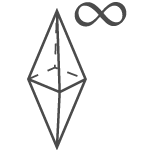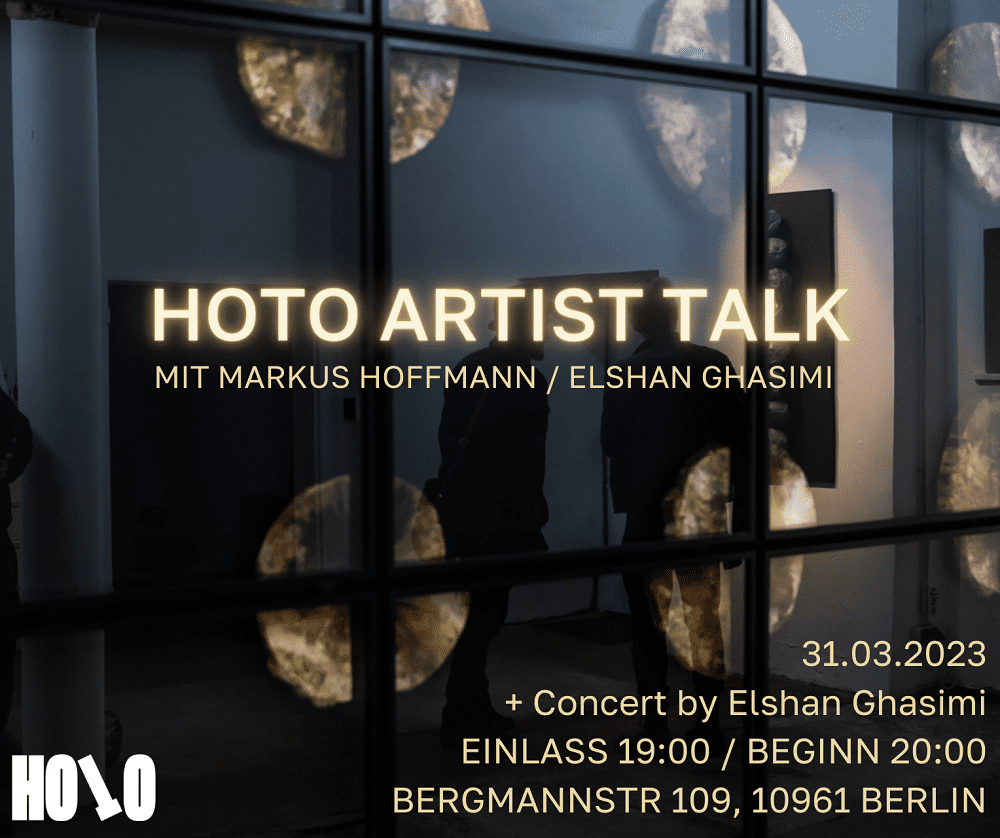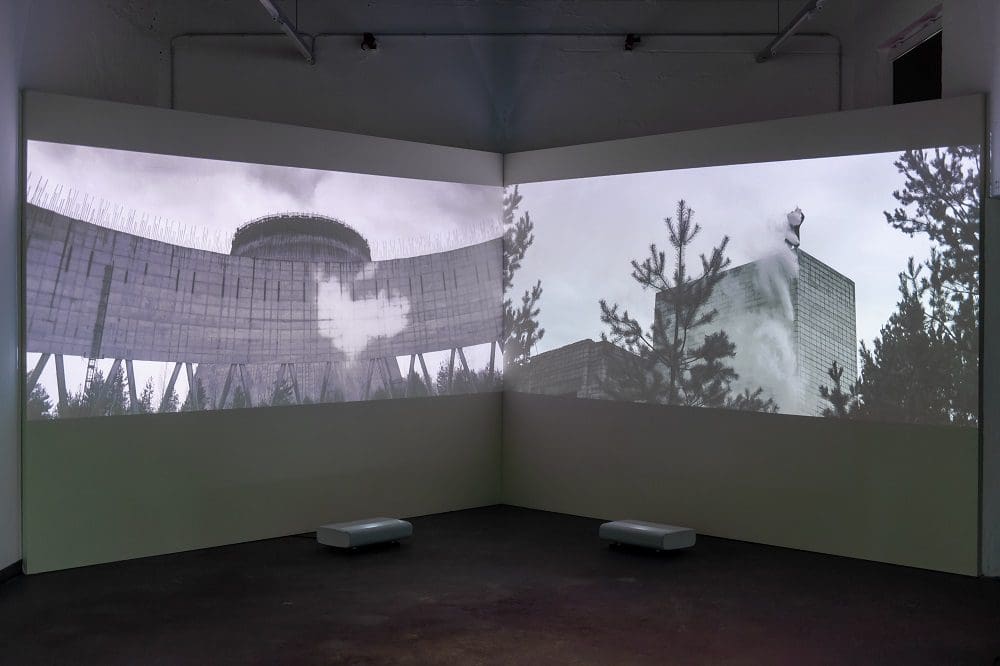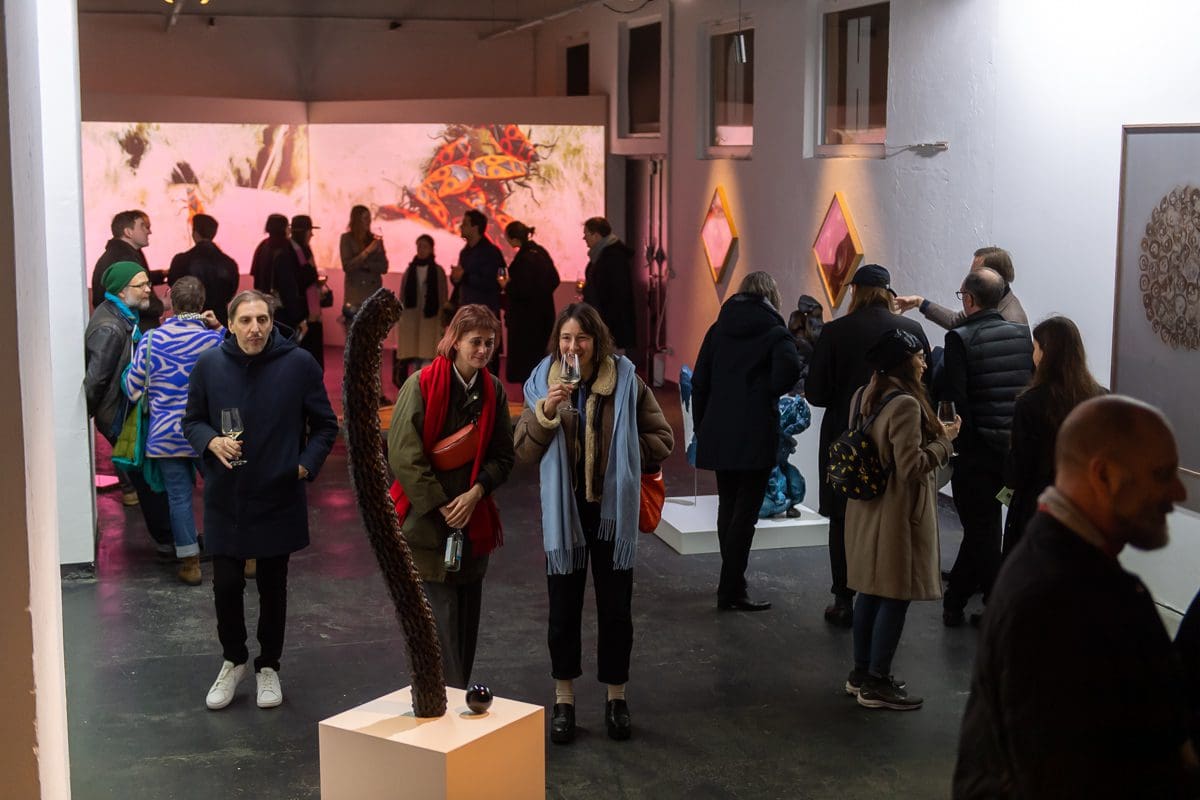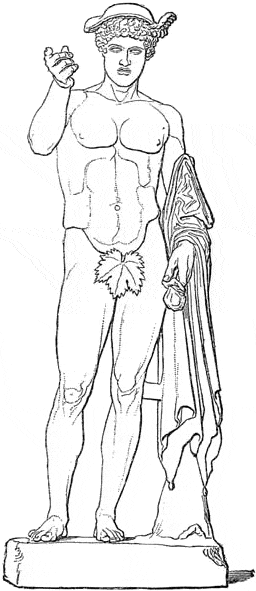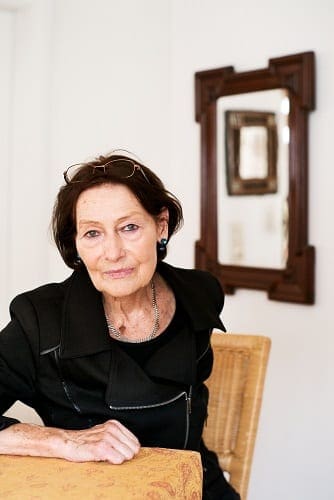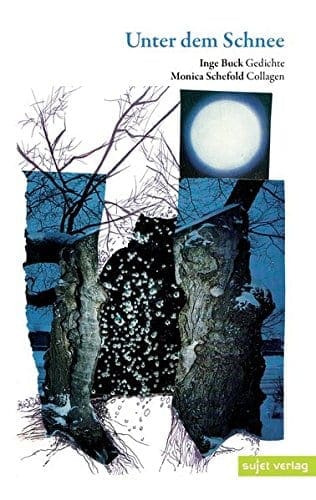Dear friends of all genders,
I am pleased to invite you to the concert and artist talk between the sculptor Markus Hoffmann and the composer and virtuoso Elshan Ghasimi on the 31st of March, starting at 7 pm.
The venue and occasion for the meeting is the exhibition Solstice and Clock: Humanity's exit from self-incurred immaturity by Markus Hoffmann, curated by Annalena Amthor at the HOTO Gallery in Berlin Kreuzberg. Hoffmann - full of intuition and with a sense for bridging cultural distances - invited Ghasimi to interpret his 2017 film Elephant Forest, shot in the nuclear exclusion zone of Chernobyl, in the language of classical Persian music.
We look forward to seeing you!
Julian Malte Hatem Schindele
BRIEF INFORMATION
Date: 31st of March
Doors: 7 pm / Start: 8 pm
Ticket price: 12 Euro (box office only)
Venue: HOTO Gallery, Bergmannstr 109, 10961 Berlin
Elephant Forest
2017
4k 2-Kanal Film
116min
Cinematography Cornelius Diemer, Ton Julius Holtz
The 2-channel film which was shot in the Nuclear Exclusion Zone of Chernobyl completes the exhibition and brings the fundamental questions around mankind’s emergence from his self-imposed immaturity back into mind. Shot in 2017, today, in light of the war unleashed by the Russian Federation on the territory of Ukraine, the film shows seismic sensitivity and recurring actuality as a fundamental quality of Markus Hoffmann’s artworks.
At the film's beginning, the artist is rubbing two coconut shells against each other while seemingly capturing or attempting to control the flames and sparks like a sorcerer indicating an omen or losing control of what the viewer is about to see. By looking directly at the viewer, he moreover projects their implication. The camera is leading us down a seemingly never-ending corridor, like a gateway to the yet unknown omen. The hallway is almost completely deserted, only the sudden appearance of abstract sounds and a few men in lab coats indicate an eerie element; this corridor inside the nuclear plant is the "golden corridor" that hundreds of people used to escape when the nuclear disaster occurred in 1986.
During the film, the artist approaches the site in a series of performative acts, such as the gambling-like ritual in which Hoffmann kneels in the middle of a circle and moves 3 coconuts, uncovering a fossil at the end, addressing that the fossils of the future are the radioactive substances we produce. The circle is also found in the modification of the Japanese flag, which symbolises the sun. According to astrophysical definition, the sun is a nuclear reactor and can therefore be read as its symbol. In the film, the human hand lets the flag fall to the ground like the sun falling to earth, an analogy of the Chernobyl catastrophe; what happens when this nuclear power slips out of our hands?
Other sequences portray the decommissioned power plant itself as well as the seemingly peaceful landscape, in which only particular posed objects like white coconuts hint at the fact that something is off. The coconut - a recurring object in Hoffmann’s practice – has lost its function due to the radiation that made it inedible and turned into somewhat of a scientific bio-indicator. The coconut with its 3 marks can furthermore be read as a representation of the Hindu trinity of Brahma (the creator), Vishnu (the protector) and Mahesh (the destroyer).
This triangle symbolizes the necessary energy and the catastrophic ramifications of the disaster at the nuclear power plant in Chernobyl. Switching between colour and black-and-white scenes, sound and silence, the film fathoms the place and time itself. Changing between film and video sculpture, the work shows the importance of when something is rather than merely what it is.
Sponsored by

